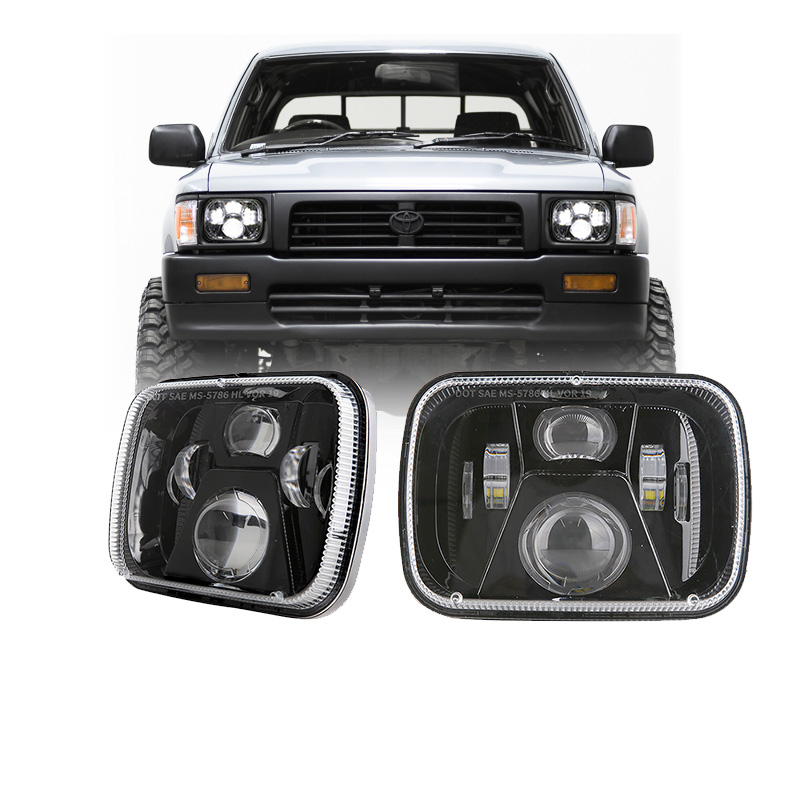The 1995 Toyota Tacoma has earned a reputation for durability and off-road capability, making it a favorite among truck enthusiasts and practical drivers alike. However, like any vehicle with decades of service, it is not without its issues. Understanding the most common problems with this model can help owners maintain performance and prevent costly repairs. Below are some of the most frequent concerns and how to address them effectively.
One of the most significant and well-known problems with the 1995 Tacoma is frame rust. Trucks driven in areas with salted roads or high humidity often suffer from rusted frames, especially in the rear section near the leaf springs. This corrosion can lead to structural weakness and even frame failure if left unaddressed. Toyota did recall certain Tacoma models for this issue, but some trucks may not have been eligible. To fix it, start by inspecting the frame thoroughly. If the rust is surface level, wire brushing and applying a rust converter followed by a quality undercoating may suffice. Severe rust may require welding in new sections or replacing the frame altogether. Preventive measures such as regular washing, especially the undercarriage, and annual rust-proofing can help preserve the integrity of the frame.
The engine in the 1995 Tacoma is known for its reliability, but oil leaks are fairly common as the truck ages. Valve cover gaskets, oil pan gaskets, and front or rear main seals tend to deteriorate over time. These leaks can lead to low oil levels, which may damage the engine if unnoticed. The fix usually involves replacing the faulty gaskets or seals. While valve cover gaskets are relatively easy to replace, oil pan gaskets and rear main seals are more labor-intensive and may require professional service. Regular oil checks and timely repairs can prevent serious engine issues.
Manual transmission problems can also arise, particularly with trucks that have high mileage or were used for heavy-duty tasks. Drivers might notice difficulty shifting gears or a grinding noise when engaging certain gears. These symptoms often point to worn-out synchros or a stretched clutch cable. Replacing the synchros or adjusting the clutch cable can usually solve the problem. Transmission fluid should also be replaced at regular intervals to maintain smooth gear transitions and extend the life of the transmission components.
Lighting system problems are frequently reported by 1995 Tacoma owners. Headlights may appear dim or flicker while driving. Turn signals may stop working. Taillights sometimes fail completely. These issues are often caused by aging wiring, corroded connectors, or faulty switches. Replacing worn wires, cleaning or replacing bulb sockets, and checking fuses and relays can restore proper lighting function. Upgrading to LED 1995 Toyota Tacoma headlights improves brightness and reduces the likelihood of future electrical problems. Ensuring a clean ground connection for each lighting component is another critical step during repair.
Suspension components in the 1995 Tacoma can wear out after years of use. Common symptoms include clunking noises when driving over bumps, uneven tire wear, or a loose steering feel. Worn-out bushings, ball joints, and shocks are typically to blame. These parts should be inspected regularly and replaced when necessary. Replacing shocks and struts can restore ride quality. An alignment after suspension work ensures proper handling and prolongs tire life.
Cooling system issues are another concern in older Tacomas. Radiators, water pumps, and hoses can become brittle and prone to leaks. If the truck begins to overheat, it is important to inspect the entire cooling system. Replacing a faulty thermostat or cracked radiator hose may solve the issue. Flushing the cooling system and using fresh coolant every few years helps maintain engine temperature and prevents buildup inside the radiator.
Owning a 1995 Toyota Tacoma means enjoying a reliable truck with strong resale value. However, it requires consistent maintenance and attention to known trouble areas. By addressing these common problems promptly, owners can keep their Tacoma running strong for many more years on and off the road.

